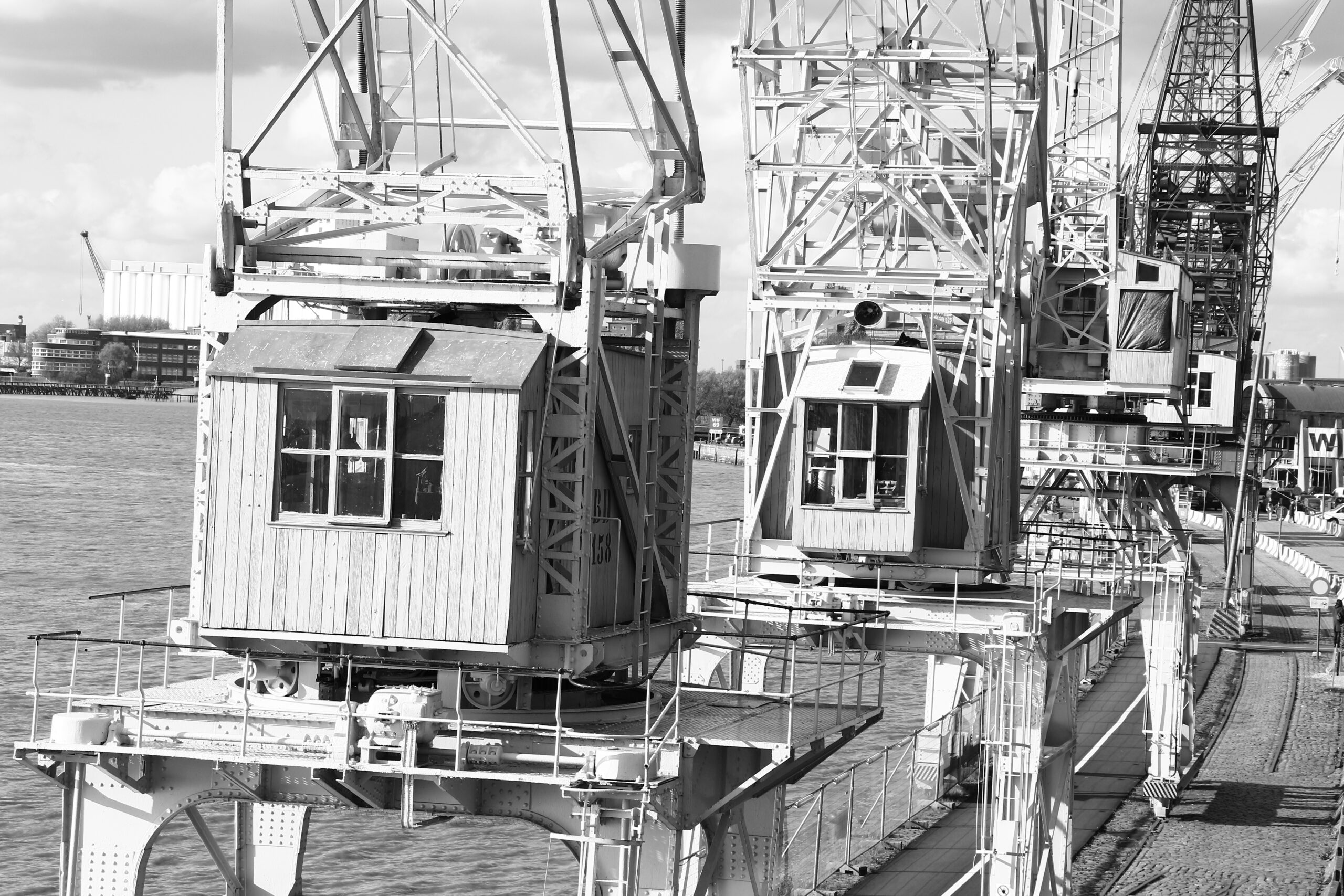The origins of freight forwarding
Made in China, Bangladesh, or Vietnam, … Produced in Sweden, or Turkey … assembled in California… Just a simple look at the products around us, shows how much we depend on global trade. However, we seldom pay attention to how the products we rely on every day, arrived from their country of manufacture to our doorstep.
Freight forwarding is indispensable for the global economy. Quite frankly, the world as we know it simply wouldn’t exist if it weren’t for the shipping industry.
The world as we know it
Today, as much as 90% of all global trade is carried across the oceans by ships. This amounts to a staggering 11 billion tons of goods, or roughly 1,5 ton per person, annually. Foreign trade has allowed us to consume products from all over the world. Sea freight makes it possible to carry all kinds of goods, ranging from bulk, large and heavy cargo, to dangerous goods, gasses, and oil across the world, which is a massive advantage. Without sea freight, our global economy would collapse like a house of cards.
Although the cost of container transport has skyrocketed over the past few years, and competition for sea freight capacity is fierce, it remains the first and foremost method for transporting goods across the globe. This transportation method that has undoubtedly shaped the world for centuries, but navigating it is tricky business, a skill that freight forwarders have masterfully acquired.
To honour this complex profession, let us take a look at the how the freight forwarding business emerged, and while doing so paint a broader picture of the shipping history in general.
The dawn of shipping industry
While today there are no limitations in terms of distance, shipping in the early days, was limited to villages or cities close by. The first records of maritime industry date back to the 4th millennium BC, in Mesopotamia, where model ships were found. The first vessels were nothing more than a log, used to carry goods along the river to neighbouring communities. Over time, multiple logs were tied together allowing for a larger number of items or bulk goods to be transported, further developing the art of trade. According to resources, the first large-scale trade route was established along the Arabian Sea, between countries now known as India and Pakistan.
The world became their oyster
At the same time, on the other side of the world, the Roman empire was constructing a fleet capable of crossing the Mediterranean Sea in about a month. They carried commodities such as grain and building materials. Transporting these goods by sea was much more profitable than overland. Before long the Romans extended their trade routes to the Indian Ocean.
Between the 7th and the 13th century, the Arab empires established trade routes between Asia, Africa, and Europe. These sea routes were imperative for their trade relations since rivers in the empire proved to be very hard to navigate. At the same time, improvements in shipbuilding technology led to newer vessels that were able to reduce transport time considerably.
The age of expansion
The 15th century, known as the Age of Discovery, prompted many advances in maritime construction and navigation. This hasn’t only enabled explorers to sail the seven seas, but also allowed goods to be carried across the world.
The first accounts of freight forwarding as an industry date back to the late 18th century, when hoteliers aided in storing and shipping goods for their international guests. It didn’t take long for companies to seize the opportunity, assisting manufacturers with documentation, customs, and shipping through a network of local carriers.
Business really took off in the 19th and 20th century. Industrialisation led to mass production hubs, and economies of scale. Hence there was a growing requirement for goods to be transported across the globe in a safe, swift, and effective manner. It was also during that era that the Suez Canal was opened, which meant that ships could now sail between Europe and Asia without having to pass through Africa, offering better trade routes.
Revolution
The biggest leap in the history of shipping might well have taken place in the 1970s, when container shipping entered the scene. Until then, cargo was mainly shipped in crates, boxes, pallets, or barrels. Containers were not only able to handle more delicate and complex cargo, but they could also be stacked meticulously, giving rise to the development of huge container ships. This changed the freight scene completely. But it also made shipping and customs procedures more intricate, calling on the demand for professional freight forwarding agents.
Enter the 21st century. Modern industrial advances and technological developments have also influenced the freight forwarding business. In additions there are increased demands for more complex trade routes.
Back to the future
Even if methods in the freight forwarding industry have been subject to technological advances and economic powers, the nature of the industry has remained unchanged throughout the ages; that is to say: assisting customers in shipping their goods from point A to B in a safe and swift manner.
Interested to learn more about our freight forwarding services, feel free to contact us on: https://levaco.be/contact/







